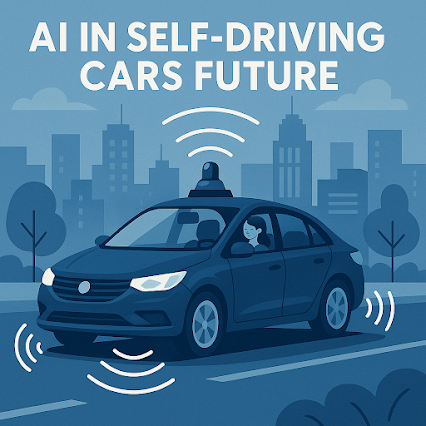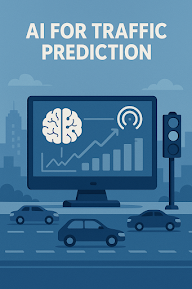The AI is changing at a rate that we have never thought. The potentials are enormous. However, the question that lingers in the mind of every founder and marketer is What AI should I use in fact?
We shall respond to that–pragmatically, unpretentiously–with what best-fits we have today and how we shall apply them.

What we’re talking about: LLMs
Firstly: we refer to large language models (LLMs) by AI here, i.e. generative AI systems that are trained on massive text / code corpora and are able to write, respond to questions, summarize, reason, etc.
Cloudflare
+2
IBM
+2
They are not flawless, but are all round. And it is not merely to use one, but to know which one to apply to what.
The following are the rankings of six popular models at present. (Yes — this will change. But we need to act today.)
Claude 4.5
Better in: Organized writing, law, complex projects.
Why: As per your testing, this is the most used tool currently. It deals with large context windows and complex thinking.
Minus: It is too cautious to be creative improvisation, i.e. when you are in need of something bold and free-form creative content, then it might not be as forthcoming as you want it to be.
When to pick Claude 4.5:
You are dealing with a long document or a contract draft or multi-step piece of logic in which flow is to be reasoned.
You must feed masses of material (existing research, transcripts) and obtain an organized output.
Precision + composition are more crucial than flaming imagination.
Best: Content creation, research, automation.
Why: It is something you use every day, and it is the most multifunctional and convenient.
Weakness: It is prone to hallucinating on niche subjects and subscriptions are cumulative.
When to pick ChatGPT-5:
Most of the daily activities: blog posts, articles, social-media copy, brainstorming.
In cases where you desire a good mix of innovativeness and usefulness.
You need a wide integration (APIs, tools) and convenience.
Hint: Never ignore verifying facts when you are writing on a niche topic – hallucinations do occur.
Best use: Market research, data that is proven.
Why: You said it is the most correct LLM that exists.
Disadvantage: Low level of creative generation.
When to pick Perplexity:
Summarizing reports, quick, verified answers when doing competitive research.
When data reliability is more important than creative flourish.
Note: You are probably going to migrate to another tool when the creative output is required.
Grok 4
Best: Social listening, real-time trends.
Why: It is connected directly to live X (previously Twitter) data and is driven by a personality-flavour.
Negatives: It is still in its growth stage, and does not suit heavy technical work.
When to pick Grok 4:
When you want something new, hot, social sentiments, live reactions.
In doing agile social campaigns, keeping track of brand buzz, fast adaptation.
When a lot of reasoning is needed or long context writing, one of the more mature models should be used.
Gemini 2.5
Best to: Multimodal projects, Google-ecosystem teams, SEO.
Why: Good at integrating with Google Workspace and managing multimodal (text + image + perhaps more) assignments.
Cons: Creative work is somewhat mechanical.
When to pick Gemini 2.5:
Your team relies on Google Docs, Google Slides, Google Drive a lot and you desire to be integrated.
You are doing search engine optimization, images and text, maybe internal processes.
You desire format flexibility as opposed to most imaginative writing.
DeepSeek V3.1
Best in: Technical and engineering applications.
Why: You have told me that it is the most efficient LLM in the market – high performance at a fraction of the cost.
Disadvantage: Poor at creative or storytelling.
When to pick DeepSeek V3.1:
System documentation, engineering processes when automating code generation.
Where the cost / efficiency is of significant interest.
Where creativity is not the focus – logic + function are.
So… how to build your “AI stack”
Map tasks to models.
Example: Research – Perplexity. Drafting legal doc – Claude 4.5. Blog + social content – ChatGPT-5. Trend monitoring – Grok 4.
The right model should be applied to the right job.
There is no one tool that is comprehensive. It is a real overlap but you are more effective when you align purpose and specialty.
Stay flexible.
The ecosystem is changing rapidly – newer versions, new capabilities, price changes. What works today may change.
Manage cost vs benefit.
Other models (such as ChatGPT-5) are more expensive to use generally. Others (DeepSeek) are more cost-effective with creativity. Choose accordingly.
Govern outputs.
All LLMs are not without their shortcomings: there are hallucinations, biases, lack of context. Human review where it counts should always be used.
An example would be that LLMs are referred to as prediction machines of text, rather than perfect reasoning machines.
IBM
+1

Train your team.
Make your writers, marketers and engineers at ease in switching tools – strengths and weaknesses. Not only using AI but also knowing which AI to apply to a task is the actual skill.


